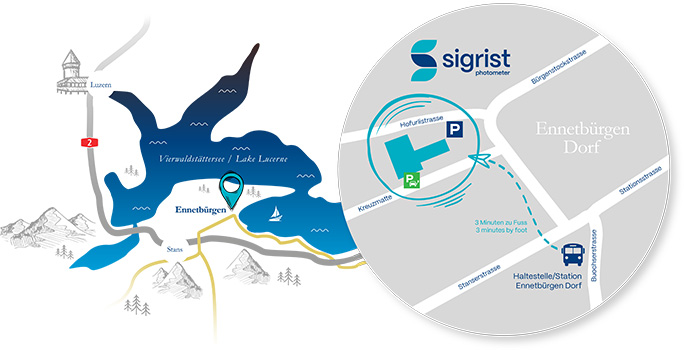pH Measurement
Check and optimize the quality of your drinking water by measuring the pH value. This will ensure that legal requirements are complied with and the infrastructure is protected from harmful influences.
A pH value that is too low (acidic water) can cause corrosion damage to your infrastructure. A pH value that is too high can reduce the effect of the disinfection stage.
By integrating a pH probe / pH sensor in the treatment process, the pH value can be monitored and adjusted, if necessary, by adding chemicals to obtain the desired range.
Conductivity Measurement
Conductivity measurement is used in the treatment of drinking water to monitor raw water or treated water.
A sharply increased conductivity value may indicate contamination of the water, if there are no geological reasons.
The use of a conductivity sensor serves for monitoring the quality of water and for regulatory compliance.
Redox Measurement
In the treatment of drinking water, ORP measurement is used to monitor treatment processes such as ozonization, elimination of iron, manganese and nitrate or disinfection.
A high redox potential is always present in an oxygen-rich environment. On the other hand, a low redox potential indicates a lack of oxygen and increased organic matter.
The use of a redox sensor supports you in controlling and monitoring water treatment.
Oxygen Measurement
To monitor the status of drinking water, the concentration of oxygen is measured in the treatment of drinking water.
A high content of dissolved oxygen indicates the proper functioning of the water treatment. If the oxygen content is too low, the water may be enriched by natural processes such as aeration with atmospheric oxygen.
The use of a dissolved oxygen (O2) sensor serves for monitoring the quality of water and for regulatory compliance.
